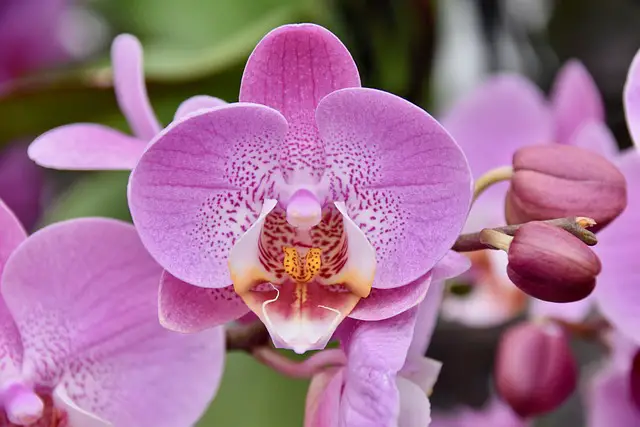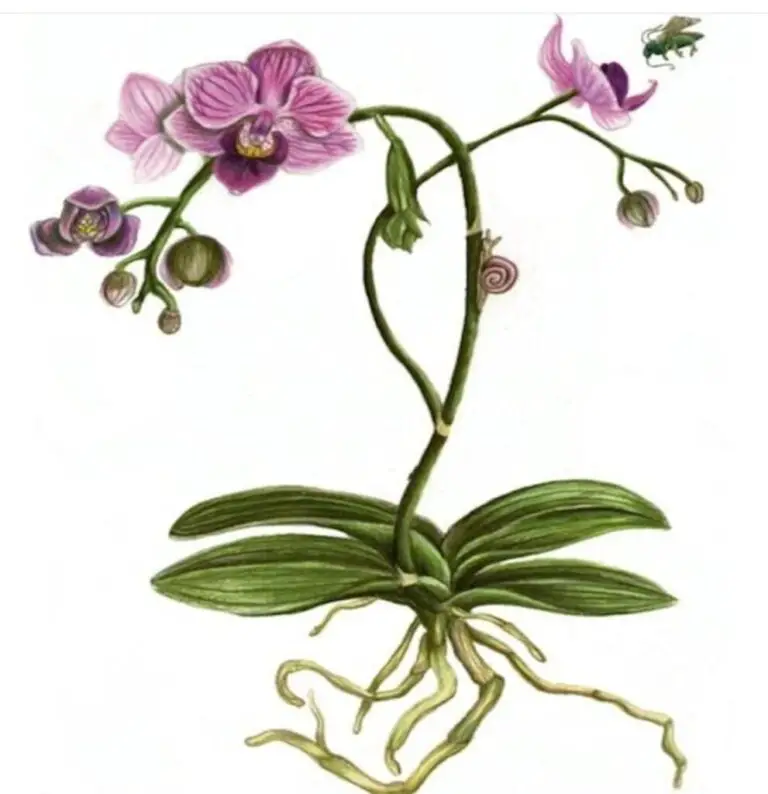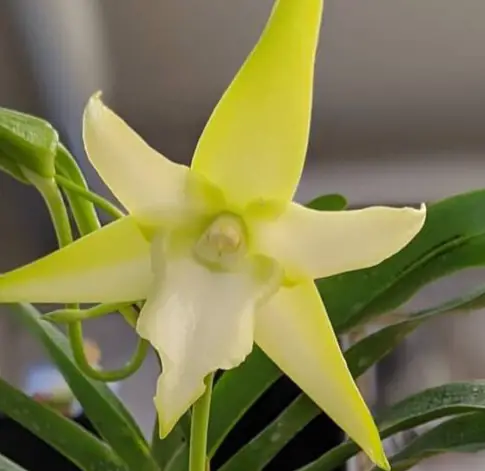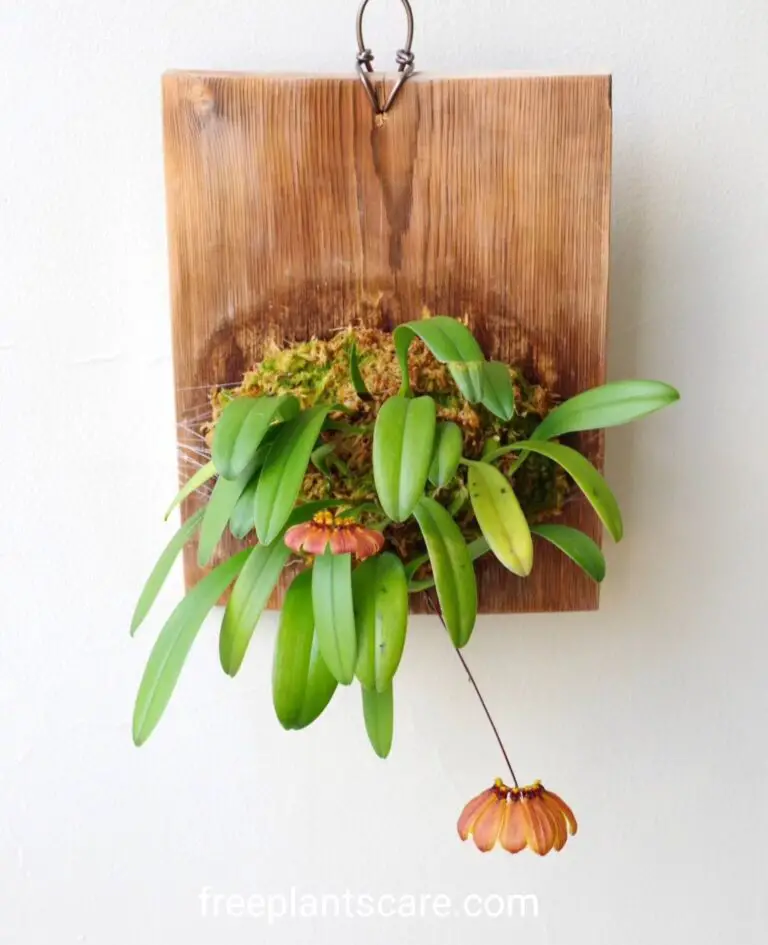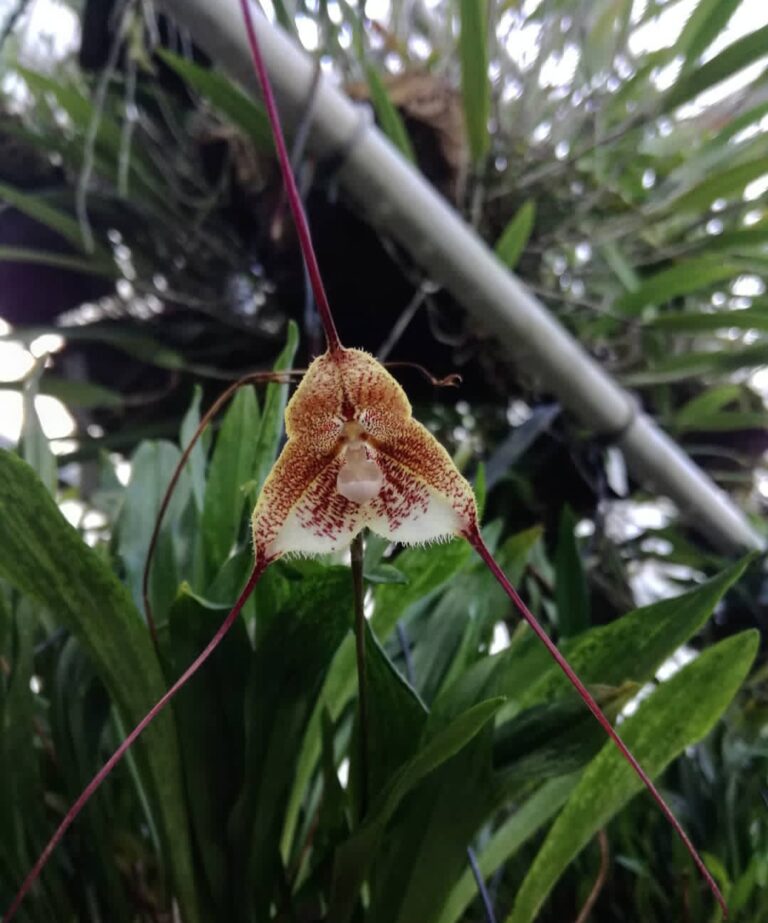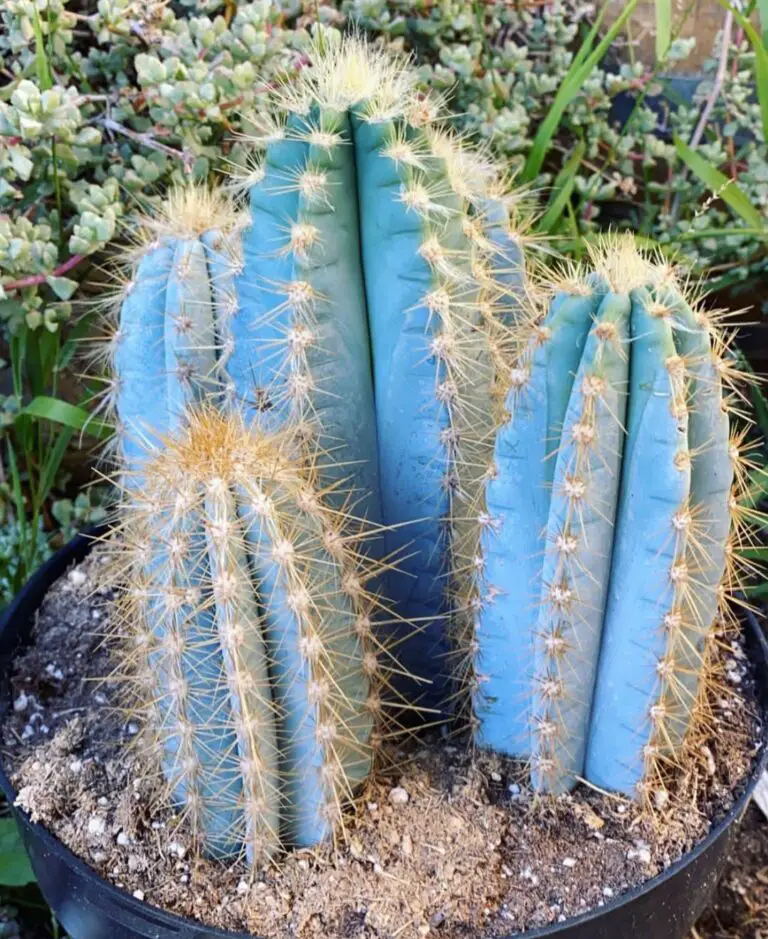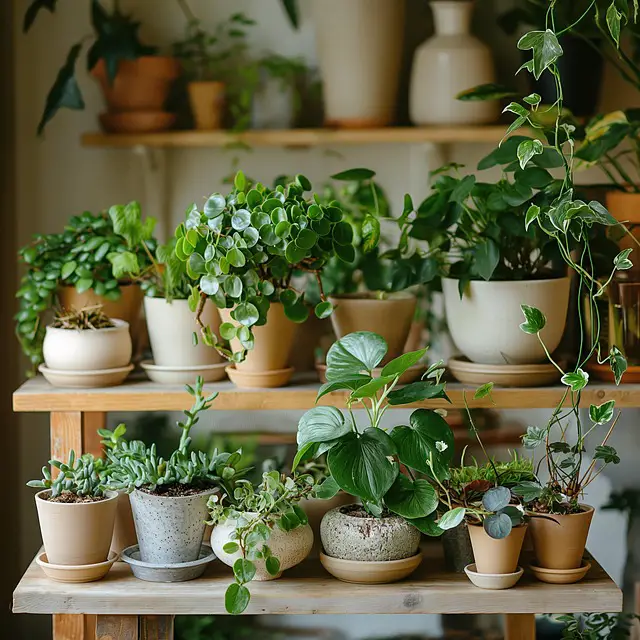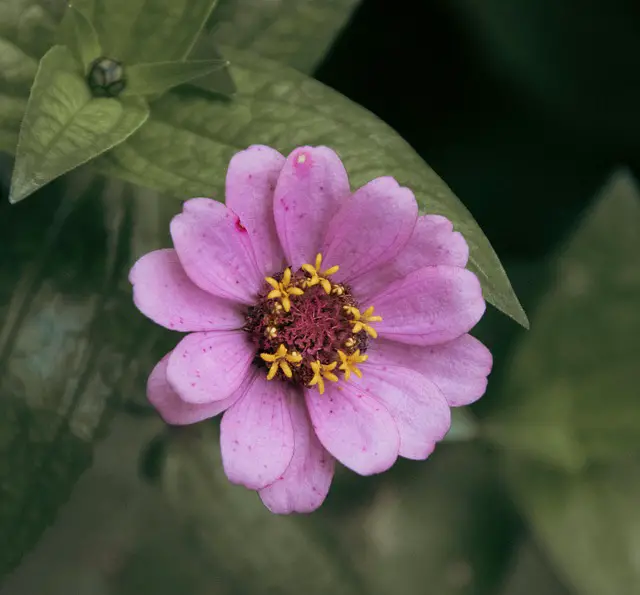Orchids are one of the most beautiful and exotic flowering plants. But summer can be a tricky season for even the most experienced growers. How to care for orchids during this hot and unpredictable season.Become crucial as temperatures soar.And humidity levels shift. Orchids may start to show signs of stress that can be alarming. Understanding How to care for an orchid during the scorching summer months is essential if you want your plant to keep thriving. From scorched leavesto root rot, this post uncovers the top 20 summer orchid care problems and how to solve them with expert backed solutions
Tip: Begin summer care early before temperatures peak to prevent damage.
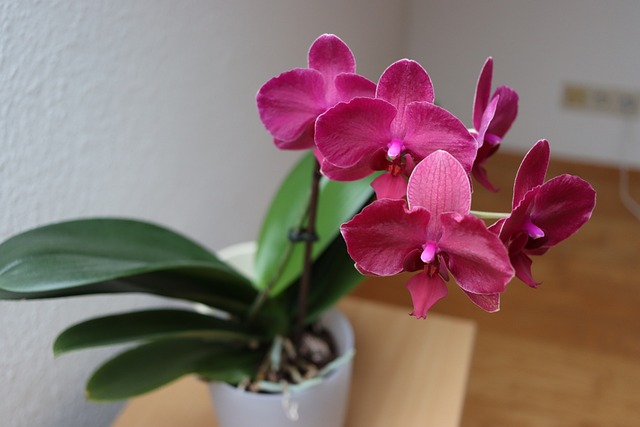
- 1 1. Excessive Heat Stress
- 2 2. Scorching Sunburn on Leaves
- 3 3. Increased Water Evaporation
- 4 4. Root Rot Due to Overwatering
- 5 5. Dehydration from Dry Winds in
- 6 6. Watering Too Frequently or Not Enough
- 7 7. Water Retention Issues in Bark Mix
- 8 8. Confusion Over Misting vs Watering
- 9 9. Stagnant Water in Pots
- 10 10. Lack of Air Circulation
- 11 11. Low Humidity in Indoor Environments
- 12 12. Using the Wrong Humidifier Settings
- 13 13. Spider Mite Infestation
- 14 14. Fungus Gnats Multiplying in Heat
- 15 15. Bacterial Soft Rot in Humid Heat
- 16 16. White Mould on Roots and Bark
- 17 17. Placing Orchids in Direct Afternoon Sun
- 18 18. Keeping Orchids in Dark, Stuffy Corners
- 19 19. Moving Orchids Too Frequently (Shock)
- 20 20. Orchid Not Growing or Producing Spikes
- 21 FAQs:
1. Excessive Heat Stress
When temperatures rise above 30°C (86°F), orchids can quickly become heat-stressed. Signs include droopy leaves, slow growth, and buds that fail to bloom. These symptoms occur because the plant is using all its energy to cool itself down, rather than grow or flower. If your orchid is near a window that receives direct sunlight or is placed outdoors in the heat, it will struggle to cope.
Tip: Move orchids to a cooler, shaded area during the hottest parts of the day.
2. Scorching Sunburn on Leaves
Orchid leaves that have been sunburnt may have white, brown, or black patches. These patches are irreversible and can reduce the plant’s ability to photosynthesise. Direct afternoon sunlight, especially through glass windows, can magnify heat and cause this damage. Once sunburn occurs, those areas of the leaf will never recover, so prevention is key.
Tip: Use a sheer curtain or place orchids in bright indirect light to avoid direct exposure.
3. Increased Water Evaporation
In summer, water evaporates quickly from orchid pots, especially those made of clay or terracotta. This results in dry roots and dehydrated plants even when you stick to a regular watering schedule. Potting media like bark also dries out faster in high temperatures. If unnoticed, this can cause long-term damage to the root system.
Tip: Water early in the morning so orchids can absorb moisture before the heat sets in.
4. Root Rot Due to Overwatering
Ironically, while orchids suffer from dehydration in summer, overcompensating with water can cause root rot. This happens when the potting mix remains soggy for too long, especially in poorly ventilated containers. A bad odour and squishy roots are indicators. Balancing moisture and airflow is key during hot months.
Tip: Use well-draining orchid mix and ensure pots have drainage holes.
5. Dehydration from Dry Winds in
Hot, dry winds can quickly sap moisture from orchid leaves and roots. This is particularly a problem for outdoor orchids or those kept near fans or open windows. Over time, leaves will wrinkle, and the plant may enter a survival mode, halting growth and flower production.
Tip: Mist your orchids lightly during dry afternoons to increase ambient humidity.
6. Watering Too Frequently or Not Enough
During the summer, watering schedules might be perplexing. If you water too frequently, root rot could occur. The plant dehydrates if it receives insufficient water. Your orchid kind, potting media, and local environment all affect the ideal balance. Keep an eye on your orchid every day so you may modify your watering regimen as necessary.
Tip: If the potting mix feels dry an inch down when you stick your finger in it, it’s time to water.
7. Water Retention Issues in Bark Mix
Bark-based potting mixes dry out much faster in summer, especially in terracotta pots. If you’re not attentive, your orchid’s roots might be too dry for too long, causing stunted growth and leaf drop. Retaining the right moisture levels becomes more difficult in soaring temperatures.
Tip: Soak the bark mix once a week in lukewarm water to rehydrate thoroughly.
8. Confusion Over Misting vs Watering
Misting orchids does not replace actual watering. While misting can improve humidity, it doesn’t reach the roots where hydration is truly needed. Many beginners mistakenly over-mist while under-watering, thinking they are helping the plant.
Tip: Water the roots directly and mist only for humidity control.
9. Stagnant Water in Pots
Standing water in saucers or decorative pots can quickly become a breeding ground for mould and bacteria. Orchids sitting in stagnant water are prone to rot, especially during the warm summer months when microbial growth accelerates.
Tip: Always empty saucers and never let your orchid sit in water.
10. Lack of Air Circulation
Orchids need good air movement to breathe and transpire properly. Stagnant air, especially in humid, hot environments, can lead to fungal diseases. Poor circulation also means heat gets trapped around the plant, intensifying summer stress.
Tip: Use a fan on low or open windows to keep the air gently moving around orchids.
11. Low Humidity in Indoor Environments
Air conditioners, while cooling the home, also reduce indoor humidity. Orchids, especially tropical species, need a humidity level of 50% or more. Without it, leaves may wrinkle and buds may fail to open.
Tip: Place a humidity tray under the pot or use a room humidifier to maintain ideal levels.
12. Using the Wrong Humidifier Settings
Using a humidifier improperly can make things worse. Too much moisture without ventilation encourages mould, while running it in the wrong direction may not help the orchid at all. Positioning and duration matter.
Tip: For optimal effects, set the humidifier a few feet away from the orchid and run it during the day.
13. Spider Mite Infestation
Spider mites love dry, hot conditions. They feed on the undersides of orchid leaves, leaving tiny speckles or webbing. If left unchecked, they can destroy entire leaves and stress the plant. They are often hard to spot until the damage is done.
Tip: Wipe leaves with neem oil or insecticidal soap to control infestations.
14. Fungus Gnats Multiplying in Heat
Fungus gnats thrive in moist, warm soil. Overwatered orchids become a perfect breeding ground for these pests. Although they look harmless, their larvae feed on orchid roots and weaken the plant.
Tip: Let the top layer of the potting mix dry out completely between watering.
15. Bacterial Soft Rot in Humid Heat
This condition causes soft, mushy patches on leaves or pseudobulbs, accompanied by a foul smell. It spreads quickly in warm, wet conditions, especially if air circulation is poor.
Tip: Isolate infected plants and trim affected areas with sterilised scissors.
16. White Mould on Roots and Bark
Mould growth on orchid bark or roots often indicates excess moisture and poor air movement. While not always fatal, it is a sign that your orchid’s environment needs adjustment.
Tip: Reduce the frequency of watering and repot with fresh mix.
17. Placing Orchids in Direct Afternoon Sun
While orchids love light, direct afternoon sun can be deadly in summer. It causes overheating and sunburn quickly, especially through glass windows.
Tip: Place orchids near east-facing windows for gentle morning sun.
18. Keeping Orchids in Dark, Stuffy Corners
In an attempt to avoid sun damage, some growers place orchids in areas with too little light. While this prevents sunburn, it also halts photosynthesis and weakens the plant over time.
Tip: Choose spots with filtered light, not complete darkness.
19. Moving Orchids Too Frequently (Shock)
Changing the orchid’s location too often can cause stress. Each move forces the plant to adjust to new humidity, light, and airflow conditions. Frequent moves in summer can result in dropped buds or stalled growth.
Tip: Once you find a good summer spot, keep your orchid there.
20. Orchid Not Growing or Producing Spikes
If your orchid seems stagnant in summer, don’t panic. Some species naturally rest or slow down during extreme heat. Focus on maintaining healthy leaves and roots until conditions improve.
Tip: Continue light feeding with orchid fertiliser to support steady recovery.
Caring for orchids in summer requires a bit of patience, attention, and preventive care. By understanding how to care for an orchid when temperatures soar, you’re protecting your plant from the top 20 most common seasonal threats. With the right strategies, your orchid can not only survive the heat but also continue to thrive, bloom, and bring joy all year long.
FAQs:
What is the best way to learn how to care for an orchids as a beginner?
The best way to learn how to care for an orchid is to start with a Phalaenopsis orchid. They’re beginner-friendly and low-maintenance. Focus on lighting, humidity, and watering schedules. With patience and observation, you’ll quickly understand how to care for an orchid the right way.
How often should I water my orchids?
To understand how to care for an orchid, you must avoid overwatering. Most orchids need water once a week, or when the potting medium feels dry. Stick to the “soak and dry” method. Consistency is key when learning how to care for an orchid properly.
Does light matter when figuring out how to care for an orchids?
Yes! Light is crucial. To learn how to care for an orchid, provide bright, indirect sunlight. East-facing windows are ideal.Steer clear of the afternoon sun as it can scorch the foliage. Understanding proper light exposure is a core part of knowing how to care for an orchid.
What temperature do orchids prefer?
If you’re wondering how to care for an orchid, temperature control matters. Orchids thrive between 65°F–75°F during the day and 55°F–65°F at night. Sudden temperature changes can stress them. Keeping temperatures stable is essential when mastering how to care for an orchid indoors.
Can I use regular potting soil when learning how to care for an orchid?
No. Learning how to care for an orchid includes understanding the right potting mix. Regular soil retains too much water. Use a special orchid mix made of bark, moss, or perlite to ensure airflow and drainage—two key factors when learning how to care for an orchid.
How to care for an orchid during its dormant phase?
Many orchids enter a rest period after blooming. Learning how to care for an orchid includes reducing watering and stopping fertilization during dormancy. Let the plant rest for a few months until new growth appears. This phase is normal and vital in how to care for an orchid long-term.
Do I need to fertilize my orchid regularly?
Yes, but lightly. A big part of how to care for an orchid is using a balanced orchid fertilizer every 2–4 weeks during active growth. Always dilute the fertilizer. Overfeeding can damage roots, so gentle feeding is essential to understand how to care for an orchid safely.
What type of orchid is easiest to care for?
If you’re just learning how to care for an orchid, start with Phalaenopsis or Dendrobium orchids. These varieties adapt well to indoor conditions and are more forgiving. Picking the right type is an easy way to master how to care for an orchid confidently.
How do I repot an orchid correctly?
Repotting is essential when figuring out how to care for an orchid. Do it every 1–2 years using fresh orchid mix. Choose a pot with drainage holes. Remove rotting roots and never reuse old potting media. This simple step helps when learning how to care for an orchid properly.
Why are the leaves turning yellow, and how to care for an orchid with this issue?
Yellow leaves may indicate ageing, inadequate light, or overwatering. Part of learning how to care for an orchid includes diagnosing issues early. Check roots, light levels, and water frequency. Adapting quickly helps you understand how to care for an orchid that’s showing distress signs.
How to care for an orchid that won’t bloom again?
If your orchid isn’t blooming, don’t panic. How to care for an orchid post-bloom includes cooler night temps, enough light, and balanced feeding. Encourage reblooming by trimming old spikes and staying patient. This is a key moment in mastering how to care for an orchid
Can I keep orchids in the bathroom?
Yes, and it’s a great tip for those learning how to care for an orchid. Bathrooms offer natural humidity that orchids love. Just ensure there’s enough filtered light. Understanding microclimates like bathrooms will elevate your skills on how to care for an orchid in small spaces.
How to care for an orchid in winter months?
In winter, how to care for an orchid means adjusting light and temperature. Move the orchid to brighter areas and reduce watering. Avoid placing it near cold drafts or heaters. Seasonal care is one of the most important elements of learning how to care for an orchid year-round
What’s the biggest mistake beginners make when learning how to care for an orchid?
Overwatering is the #1 mistake. Many think more water equals more blooms. Not true! Learning how to care for an orchid includes allowing proper drying time between waterings. Root rot can happen fast, so mastering the water balance is essential when learning how to care for an orchid.
How long do orchids last, and what are some ways to keep them healthy?
With proper care, orchids can live for decades. How to care for an orchid long-term includes consistent watering, repotting, fertilizing, and good light. Treat them like a long-term companion. Knowing how to care for an orchid the right way rewards you with blooms for years to come.
